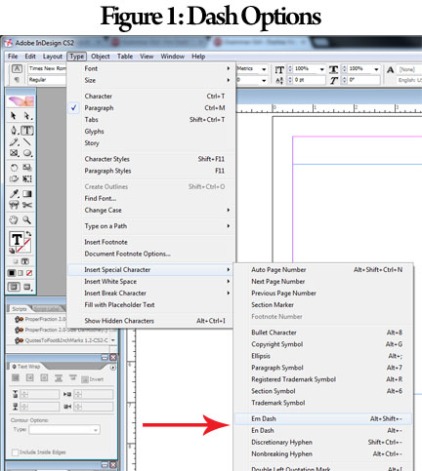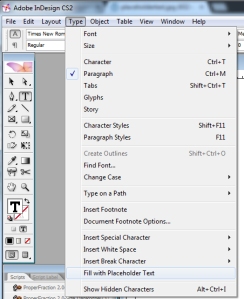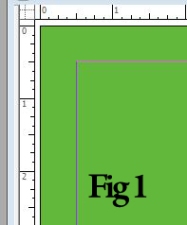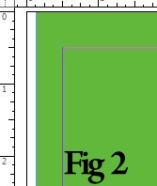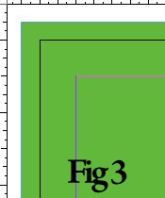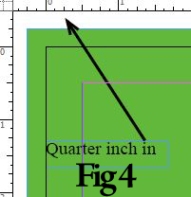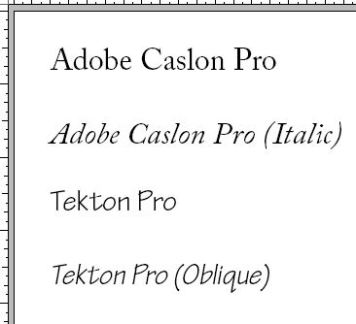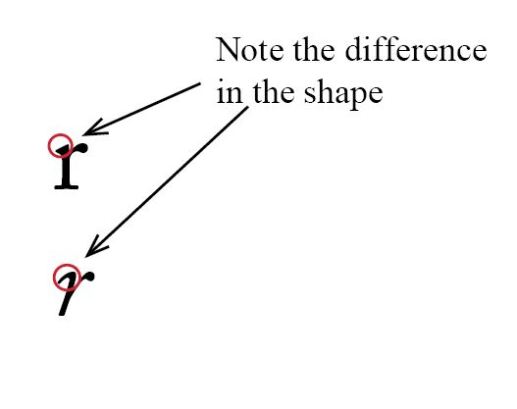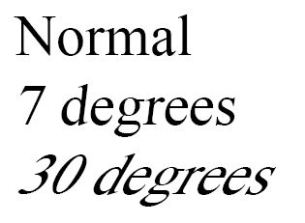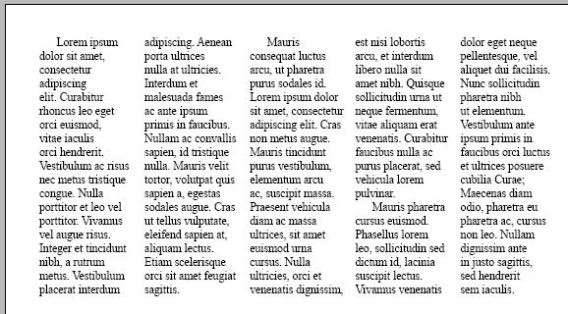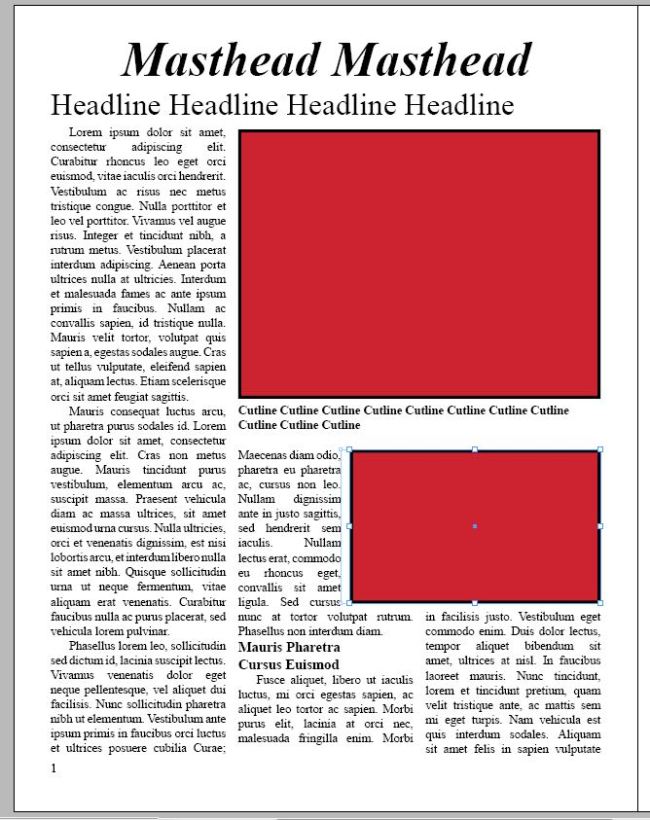One of the trickiest elements of publication design is determining where everything is going to go.
Determining Page Numbers
One of the first aspects to determine when laying out a publication is to know how many pages there will be, or the page count.
Determining the page count comes in part based on the ad-to-content ratio. Just because a publication has enough material to fill 32 pages in a particular issue does not mean they can actually financially justify it.
A second aspect to consider is how the publications are printed. Where I worked, we would have two pages printed side-by-side on a single large sheet of paper and then folded down the middle. Add in the two pages on the reverse side and you have a total of four pages on the single sheet of paper.
What this meant was we were always working in units of four. In other words, we could not just ad a single page to the publication. We added four at a time. Many times we found ourselves on that boundary of not quite having enough to go up a full four pages, but having way more material than we could comfortably fit into our current page count.
Organizational Structure
Another aspect was keeping similar content together. While we might like to believe the target audience would pick up our publication and read it all cover-to-cover each time, the truth is that is unlikely. If someone is interested in the sports news, they do not want to have to hunt through the whole publication just to find the sports articles which have been scattered throughout the whole issue.
This brings up another point: continuity. If the publication always has political news on page three, people will come to expect it there. Should the political news suddenly get moved to page thirteen, the political news junkie is going to turn to page three, not see it and get frustrated. If the publication is lucky, they will keep digging and find it. If the publication is not lucky, the political news junkie has already drop it, and picked up the competition’s publication.
If your publication is not easy for people to use, you have wasted your time creating it.
Putting it All Together
With the page count determined and a basic order formed, the publication can begin to be put together. The first step where I worked was usually dropping in the ads or at least reserving the space for them (we knew the sizes ahead of time). From there we could begin arrange the content, trying to get a good mix of text and photos while not having too many page jumps, and appropriately featuring the most important content.
Some material will always come in longer or shorter than anticipated and until the while piece is dropped in, material would be shifting around. It becomes sort of like a jigsaw puzzle, except the shape of the pieces keeps changing which leads to continuous headaches from beginning to end.
Yet when it is all done and you can see the final product, the headaches are worth it.

